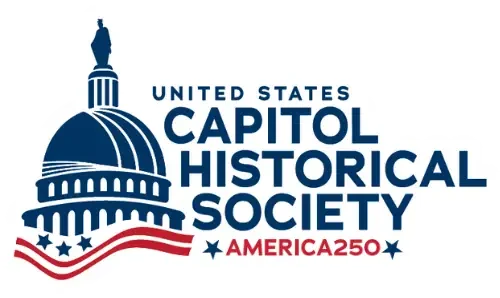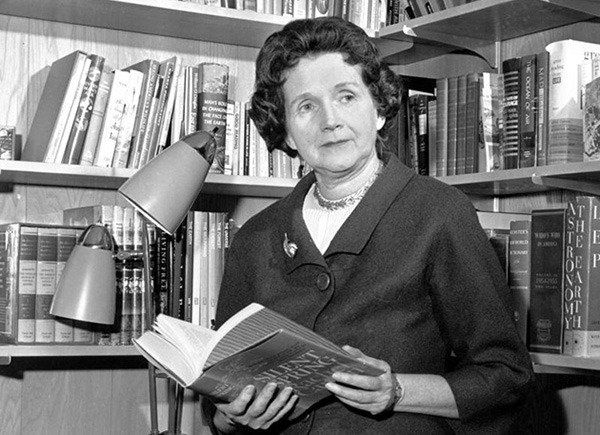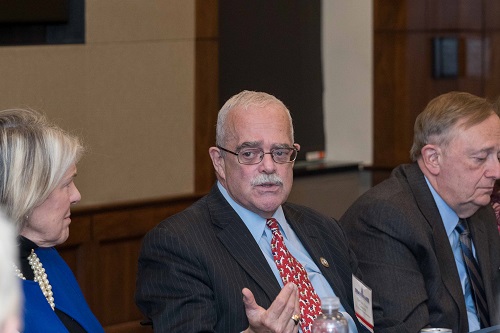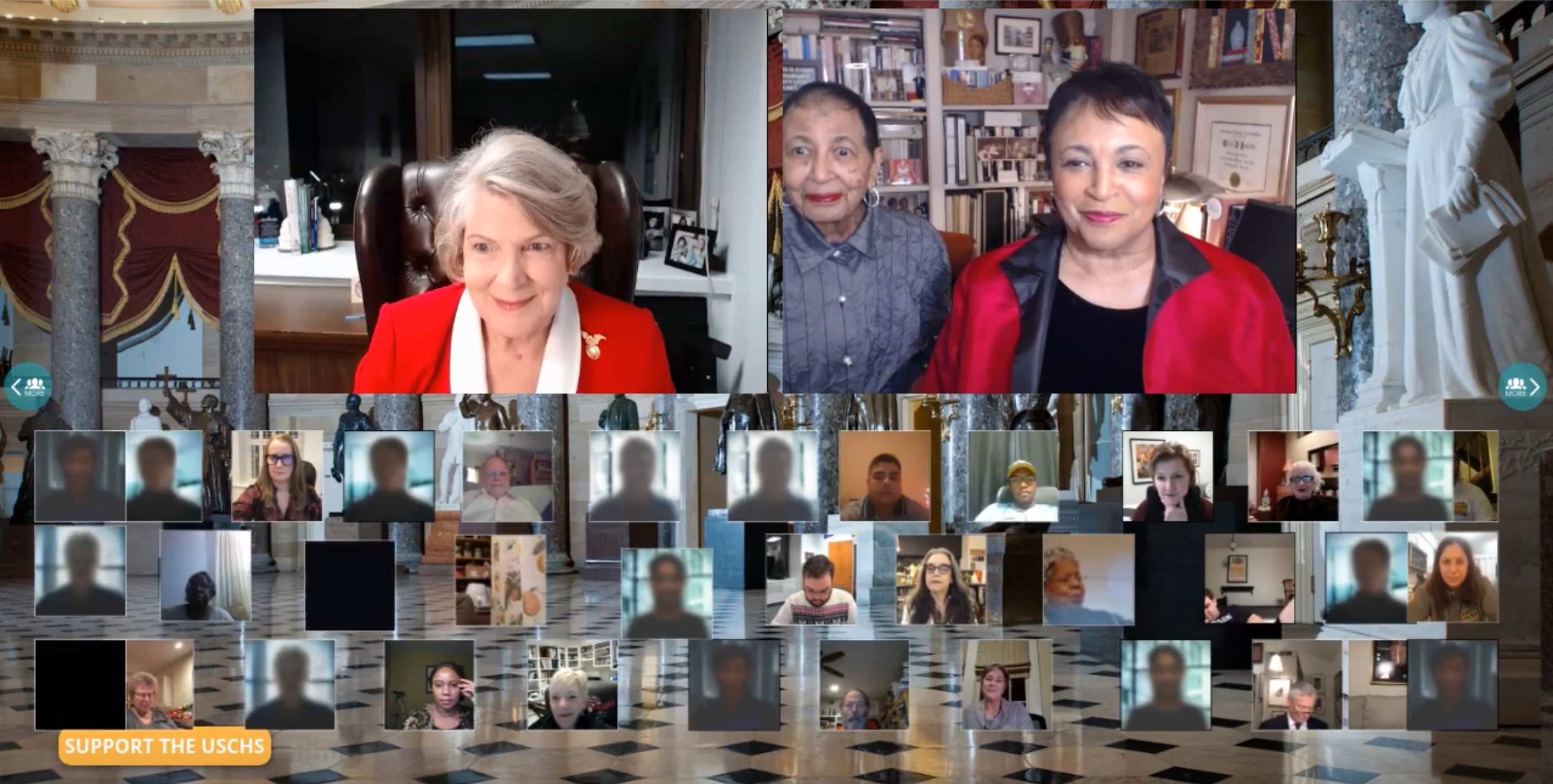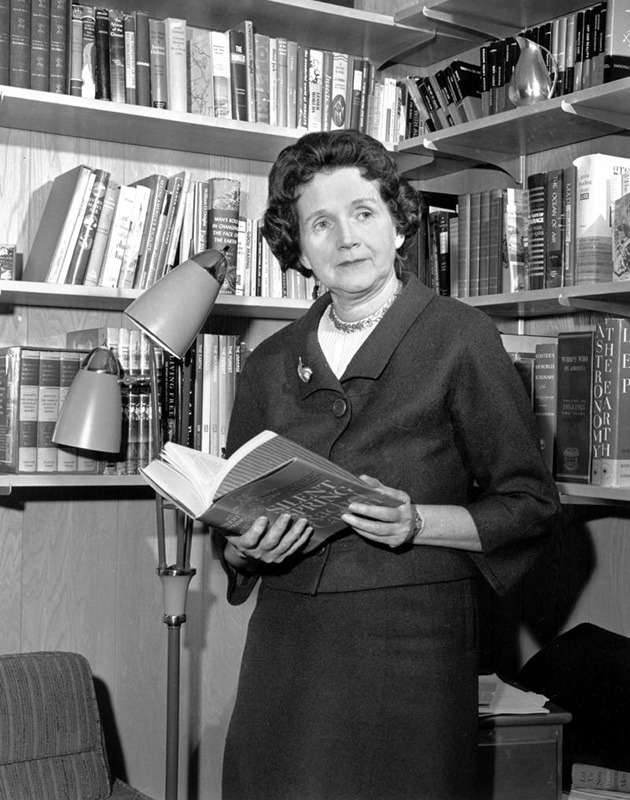
Conversations about environmental protection in America began anew with the publication of Rachel Carson’s 1962 book, Silent Spring. It describes the harmful effects of pesticides on the environment, specifically DDT, as well as the industry’s failure to address the problem. Following the book’s publication, disasters like the Santa Barbara oil spill and the Cuyahoga River fire increased environmental concerns over air and water pollution. By the 1970s, the growing public concern led President Richard Nixon to formally address the issue and work with Congress to pass environmental legislation. The first significant bill to become law was the Endangered Species Conservation Act of 1969, which expanded the list of protected animals and banned the importation of endangered species. Next was the National Environmental Policy Act (NEPA), which mandated an environmental impact report of all large, federal-funded projects. This act also gave enormous power for environmental groups to lodge lawsuits to enforce the impact-statement requirement.
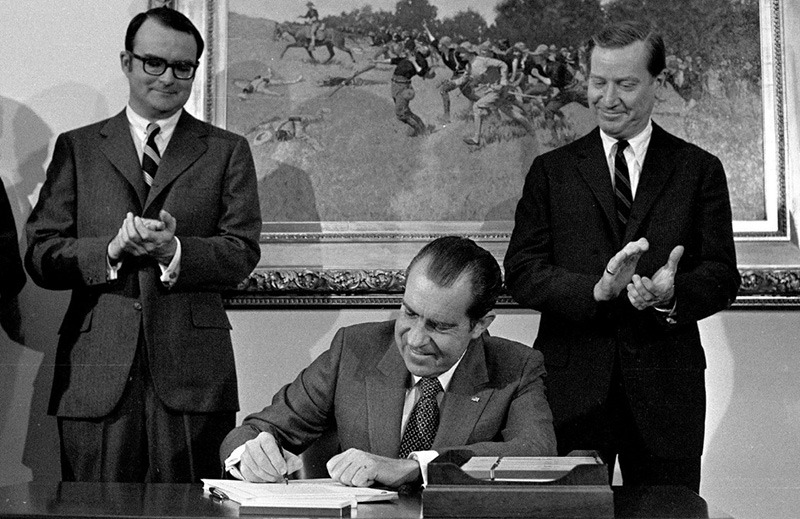
Eventually, as the environmental responsibilities of the federal government grew—along with public outcry over environmental problems—Nixon proposed a plan to consolidate these tasks under one government body, the Environmental Protection Agency (EPA). The reorganization increased the government’s capacity to respond to environmental problems and programs. The EPA’s proposed responsibilities included: researching pollutants, monitoring condition of the environment, establishing quantitative “environmental baselines,” and enforcing standards for air and water quality. The U.S. House and Senate approved the proposal and the EPA was officially established in 1970, with the first administrator, William Ruckelshaus, taking the oath of office on December 4, 1970.
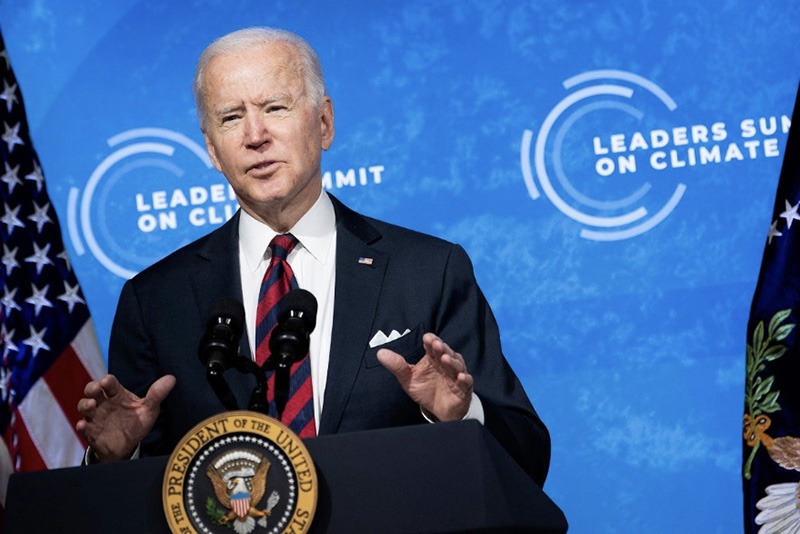
Since the establishment of the EPA, American environmental protectionism has continued in the form of both new pollution restrictions, expanded efforts at clean energy projects, and global climate change commitment. While this effort has fluctuated from administration to administration, the increased threat of climate change has compelled the Biden administration to commit to both global and domestic environmental protections. And while the environmental protection movement started in the late 1960s, it is clear that the United States is entering a new era of environmental focus not seen since those efforts first began half a century ago.
Written by guest contributor Taylorann Vibert, a Senior at the University of Maryland studying both History and Government & Politics.
Sources:
